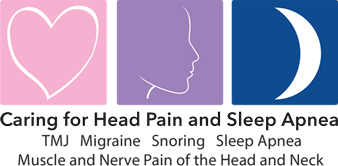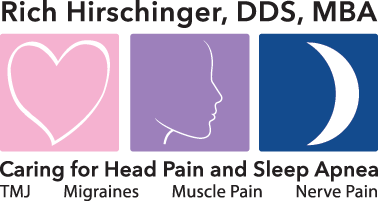

Rich Hirschinger, DDS, MBA
Diplomate American Board of Orofacial Pain
9615 Brighton Way, Suite 323
Beverly Hills, CA 90210
888.981.8981
Diplomate American Board of Orofacial Pain
9615 Brighton Way, Suite 323
Beverly Hills, CA 90210
888.981.8981
More About TMJ
History of TMJD
TMJD is a very recently identified set of conditions. It was in the 1950's that TMJ syndromes first received attention from the healthcare community. Not until the 1980's did healthcare professional develop expertise in diagnosis and treatment of the condition. Before that time, unexplained pain in the TMJ might be dismissed as psychogenic or a creation of the mind.When the dental community began examining and seeking to understand TMJD in the 1980's, research and technology helped uncover some science behind the temporomandibular joint and its role in the complex workings of the face, jaw and neck.
As studies were increasingly run on volunteer sufferers of TMJD, it soon came to light that there was a notable connection between arthritis and TMJD. From this discovery came the first of more effective treatment plans for those with TMJD. Rather than only providing pain relief, healthcare professionals began to treat the causes of some forms of the condition.
The National Institute of Dental and Craniofacial Research (NIDCR), among other groups, is conducting research into TMJD. A significant study seeks to identify contributing risk factors in order to better understand the underlying cause and developmental course of TMJ disease and disorders. It is hoped that, as with the findings uncovered about the TMJD - arthritis connection, better understanding of cause can lead to better diagnosis and treatment.
The National Institutes of Health (NIH) are conducting ongoing studies about pain sensation and processing, including research about:
- How men and women may respond differently to pain and pain medications.
- What TMJD may have in common with pain conditions such as myofascial pain and headache pain.
- Medications and treatments for the effective relief of chronic pain.
- How environmental stressors including noise, temperature, or physical strain can affect pain symptoms in TMJD patients and how lifestyle changes may relieve pain.






